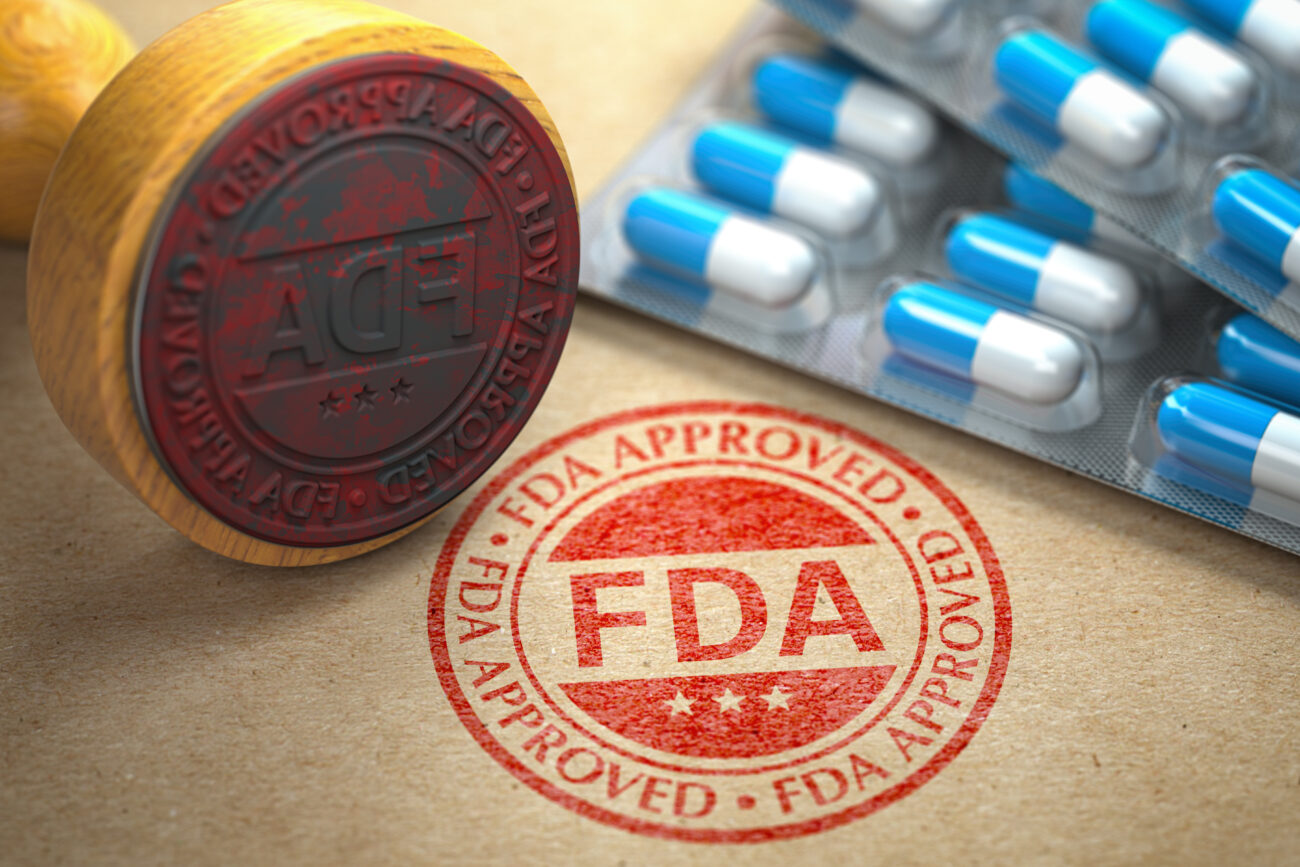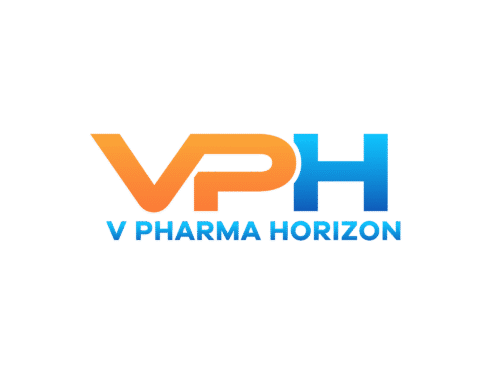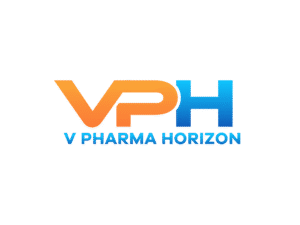Navigating FDA and EMA Expectations in the Age of Advanced Manufacturing
As the pharmaceutical industry embraces advanced manufacturing technologies—ranging from continuous manufacturing and 3D printing to AI-powered analytics and digital twins—regulatory expectations are rapidly evolving. Agencies like the U.S. Food and Drug Administration (FDA) and the

As the pharmaceutical industry embraces advanced manufacturing technologies—ranging from continuous manufacturing and 3D printing to AI-powered analytics and digital twins—regulatory expectations are rapidly evolving. Agencies like the U.S. Food and Drug Administration (FDA) and the European Medicines Agency (EMA) are reshaping their frameworks to accommodate innovation while upholding product safety, efficacy, and quality. Navigating these expectations requires a strategic blend of technological adoption, regulatory foresight, and global harmonization.
The Rise of Advanced Manufacturing in Pharma
Advanced manufacturing represents a shift from traditional, batch-based systems to more agile, data-driven, and automated approaches. Technologies such as:
- Continuous Manufacturing (CM) improve efficiency and reduce variability.
- Additive Manufacturing (3D Printing) enables on-demand, personalized drug production.
- Digital Twins simulate entire production environments for real-time monitoring and optimization.
- AI and Machine Learning enhance quality control, process optimization, and predictive maintenance.
These innovations promise reduced production costs, shorter time-to-market, and better adaptability to market demand.
FDA’s Adaptive Regulatory Framework
The FDA has shown proactive support for advanced manufacturing. Key initiatives include:
- Emerging Technology Program (ETP): Encourages early dialogue between industry and FDA reviewers to support novel manufacturing approaches.
- Framework for Quality Management Maturity (QMM): Focuses on fostering a culture of continual improvement and data-driven decision-making.
- Guidance on Continuous Manufacturing (2021): Offers clarity on control strategy, validation, and lifecycle management.
The FDA emphasizes risk-based approaches, requiring manufacturers to demonstrate control over novel processes, real-time release testing (RTRT), and quality assurance through robust digital systems.
EMA’s Emphasis on Data Integrity and Harmonization
The EMA, while aligned with FDA on many principles, places greater emphasis on:
- Data governance and integrity—particularly in GMP environments utilizing automation and AI.
- Annex 1 updates (2022) to Good Manufacturing Practice, requiring advanced contamination control strategies.
- Quality by Design (QbD) and lifecycle management principles.
The EMA also encourages use of ICH Q12 tools to support post-approval changes for products manufactured with advanced technologies.
Key Areas of Regulatory Scrutiny
To remain compliant while leveraging innovation, manufacturers must address several focal points common to both FDA and EMA:
- Real-Time Data Monitoring: Agencies expect transparency, traceability, and validation of digital monitoring tools.
- Change Control: Any updates to manufacturing technology must be justified with risk assessments and aligned with global regulatory commitments.
- Cybersecurity: As smart manufacturing systems connect to the cloud or IoT networks, regulators are paying closer attention to cybersecurity and data protection.
- Personnel Training: Advanced systems require new skill sets. Agencies assess workforce competency as part of GMP inspections.
- Cross-Border Consistency: Products manufactured across regions must meet harmonized standards—an ongoing challenge in regulatory convergence.
Toward Global Harmonization
Efforts by organizations like ICH, PIC/S, and FDA-EMA bilateral meetings are advancing the cause of regulatory harmonization. Industry players benefit from aligning their internal compliance programs with internationally recognized standards and engaging in early scientific advice or parallel consultation processes.
Strategic Recommendations for Manufacturers
To navigate FDA and EMA expectations effectively:
- Engage Early: Initiate dialogue with regulators during the planning phase of advanced technology adoption.
- Invest in Quality Culture: Move beyond compliance to embrace continuous quality improvement.
- Build Modular, Scalable Systems: Facilitate quicker validation and smoother global rollouts.
- Embrace Digital Maturity: Develop systems for real-time data sharing, predictive analytics, and automated reporting.
- Stay Informed: Regularly monitor regulatory updates, inspection findings, and technology-specific guidances.
The future of pharmaceutical manufacturing lies in intelligent, adaptive systems—but the path forward is paved with evolving regulatory expectations. By proactively engaging with agencies like the FDA and EMA, embracing transparency, and fostering internal quality maturity, companies can not only stay compliant but lead the next wave of pharmaceutical innovation. In this era of transformation, regulatory navigation is not a constraint—it’s a strategic enabler.






